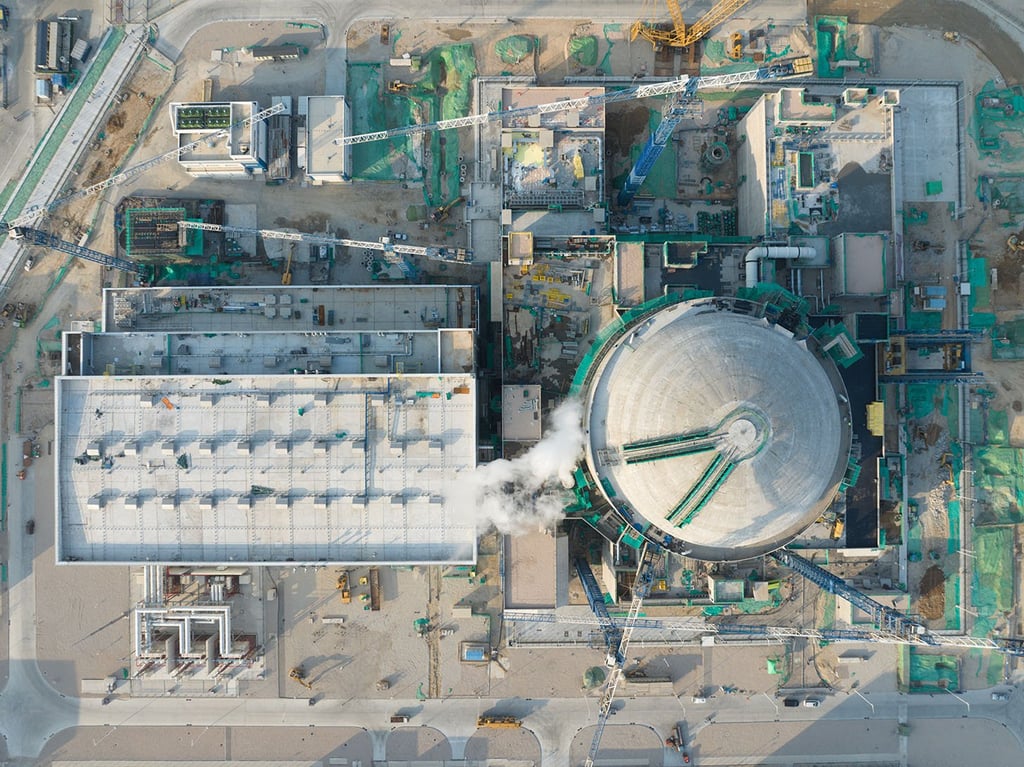As we mark World Quality Day, it’s the perfect moment to reflect on what quality truly means today.
Certification is an important milestone: a validation of effort and a demonstration of assurance against internationally agreed standards. But true quality thinking starts long before that moment. It lives in the way organisations design their systems, make decisions and build processes from day one. And it continues long after certification, sustained by leadership, culture and a commitment to continual improvement. A certificate is not the goal, but evidence that quality has been engineered into the business, not bolted on as an afterthought.
As technology reshapes ways of working and sustainability reshapes why we work, quality remains the ‘how’ that holds it all together.
The evolution of quality
In 2025 – 38 years after it was first published – ISO 9001 continues to be the world’s most widely adopted management system standard, with more than 1.5 million certificates issued globally.
Born from a need for consistency and reliability in production, ISO 9001 formalised that demand into a practical framework. It focused on leadership, improvement and accountability. Most importantly, it created a common language for assessing performance, shifting quality from an ‘intention’ to a commitment.
Its DNA can be seen in every major management system standard that followed, from environmental management (ISO 14001) and occupational health and safety (ISO 45001) to information security (ISO 27001) and, more recently, artificial intelligence (ISO 42001). Each sharing the same foundations of leadership, stakeholder engagement and continual improvement.
Meeting these first‑class standards of such ISO standards provides a strong foundation for any business, but the true value lies in how those principles are applied – not only during the certification, but before it and long after. The question “Did we pass certification?” should be quickly followed by “and how are we designing quality into every stage of our operations to strengthen risk management and turn risk into opportunity?” When organisations shift their mindset from compliance to culture, quality stops being a requirement and becomes a competitive advantage.
Quality, in this sense, is not separate from risk management. It provides the structure that helps organisations understand risk, act with confidence and turn uncertainty into opportunity.
Every organisation faces complex, connected risks: supply chain incidents can impact product and people safety, cyber attacks can shut down operations overnight, and climate performance is becoming a leading influence on financial resilience.
Quality provides the structure that helps organisations understand these risks and respond with confidence. When quality is built in from the start, through thoughtful design, strong leadership and continuous learning, it strengthens every system that relies on it. This is where quality becomes transformational.
Conclusion
Quality starts long before certification and continues long after. It’s engineered into the way an organisation operates, decides and evolves. Certification, simply put, is the moment that confirms the system is working.
At its core, quality is a human discipline, empowering people to make informed decisions, challenge assumptions and drive improvement every day. When leaders embed this mindset, quality becomes part of the culture: an invisible advantage that strengthens resilience and drives performance across the organisation.
At LRQA, we help clients connect these dots, aligning standards, insights and solutions so they work as one to support stronger, more resilient outcomes.










